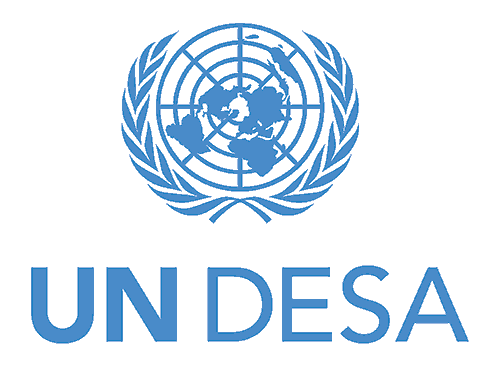Cameroon
When: 2018-2020
Which tools: CLEWs modelling and inter-institutional strengthening
Who’s involved: The Government of Cameroon (Ministry of Economy, Planning and Regional Development-MINEPAT), supported by UNDESA, UNDP, the United Nations Economic Commission for Africa (UNECA), and the British Columbia Institute of Technology (BCIT)
What's happening: The Government of Cameroon requested support to develop an integrated quantitative assessment to support policymakers in the formulation of the 2nd phase of the Vision 2035 National Development Plan (2020-2027). To attend to this request, a project has been formulated that will be implemented in two stages. The first stage will focus on the development of CLEWs methodology, prepared by experts and designed in an iterative process with the government to analyze cross-sectoral interlinkages and tradeoffs of strategic policies of the Emergent Cameroon development plan. Once the CLEWs model has been completed and policy insights have been delivered, an inter-institutional team will be established. This team will receive training in the use of the CLEWs modelling framework, including the development of policy scenarios to assess the best way forward when planning for sustainable development.
Analysis and support will also be provided to identify and strengthen institutional arrangements that enable collaboration conducive to policy coherence through integrated policies informed by quantitative tools such as the CLEWs approach. This aims to help institutionalize inter-agency collaboration and integrate the work with the CLEWs model into the program of work of the participating agencies.

